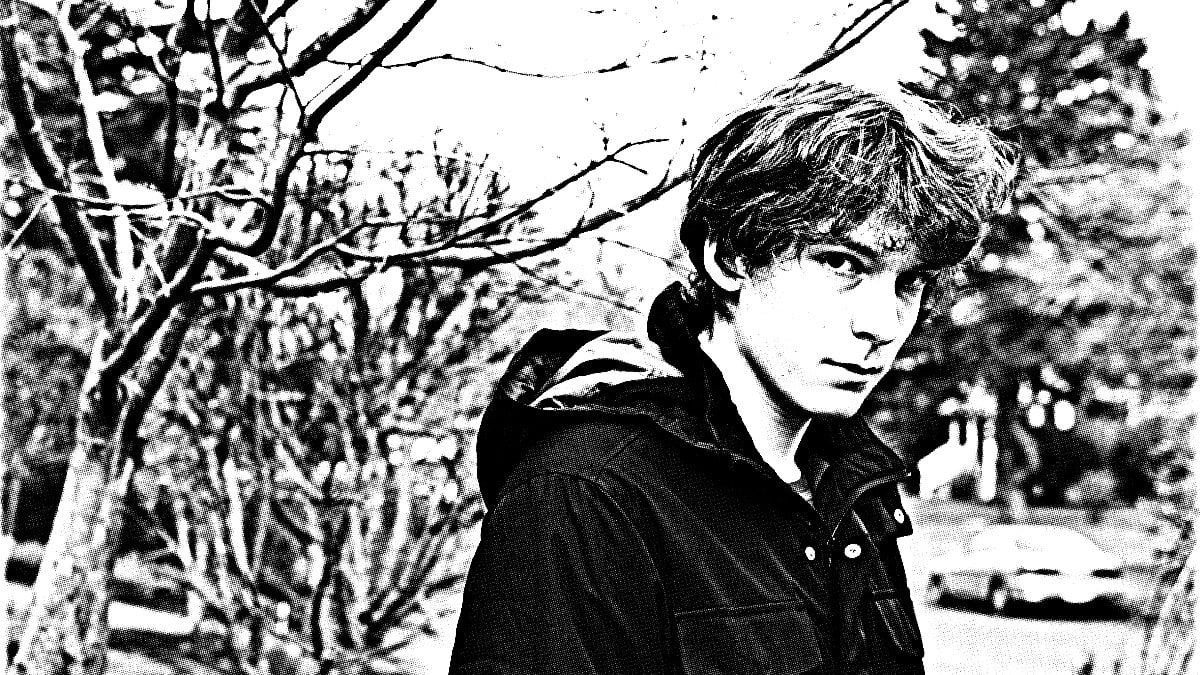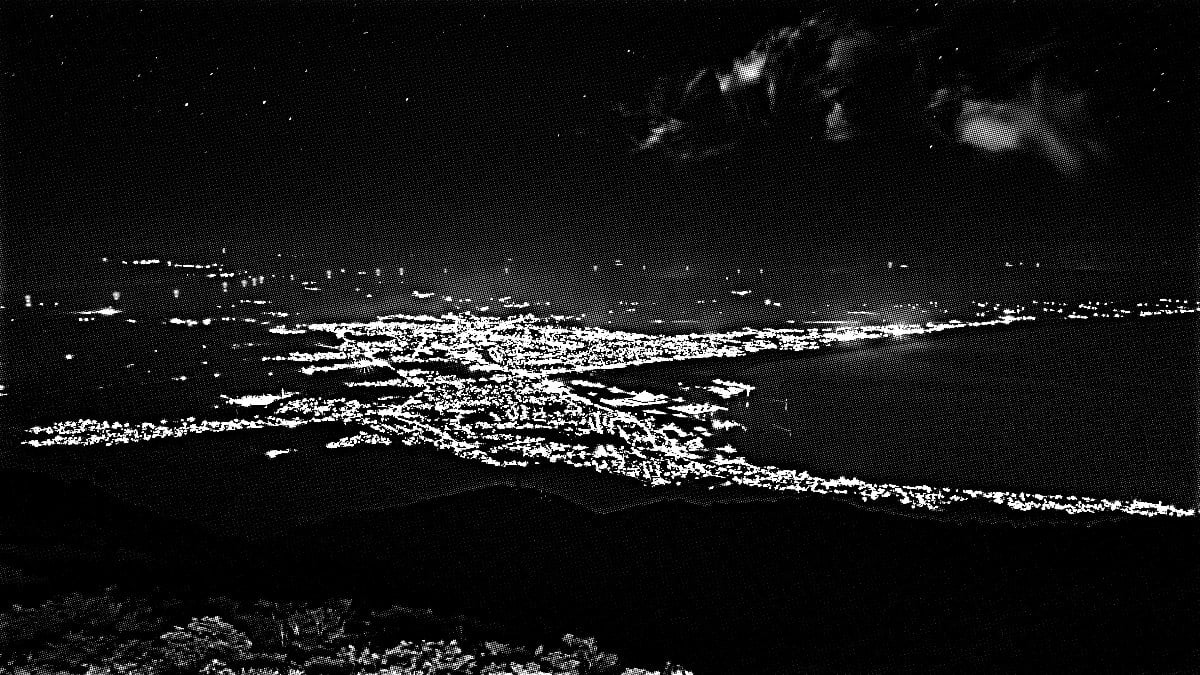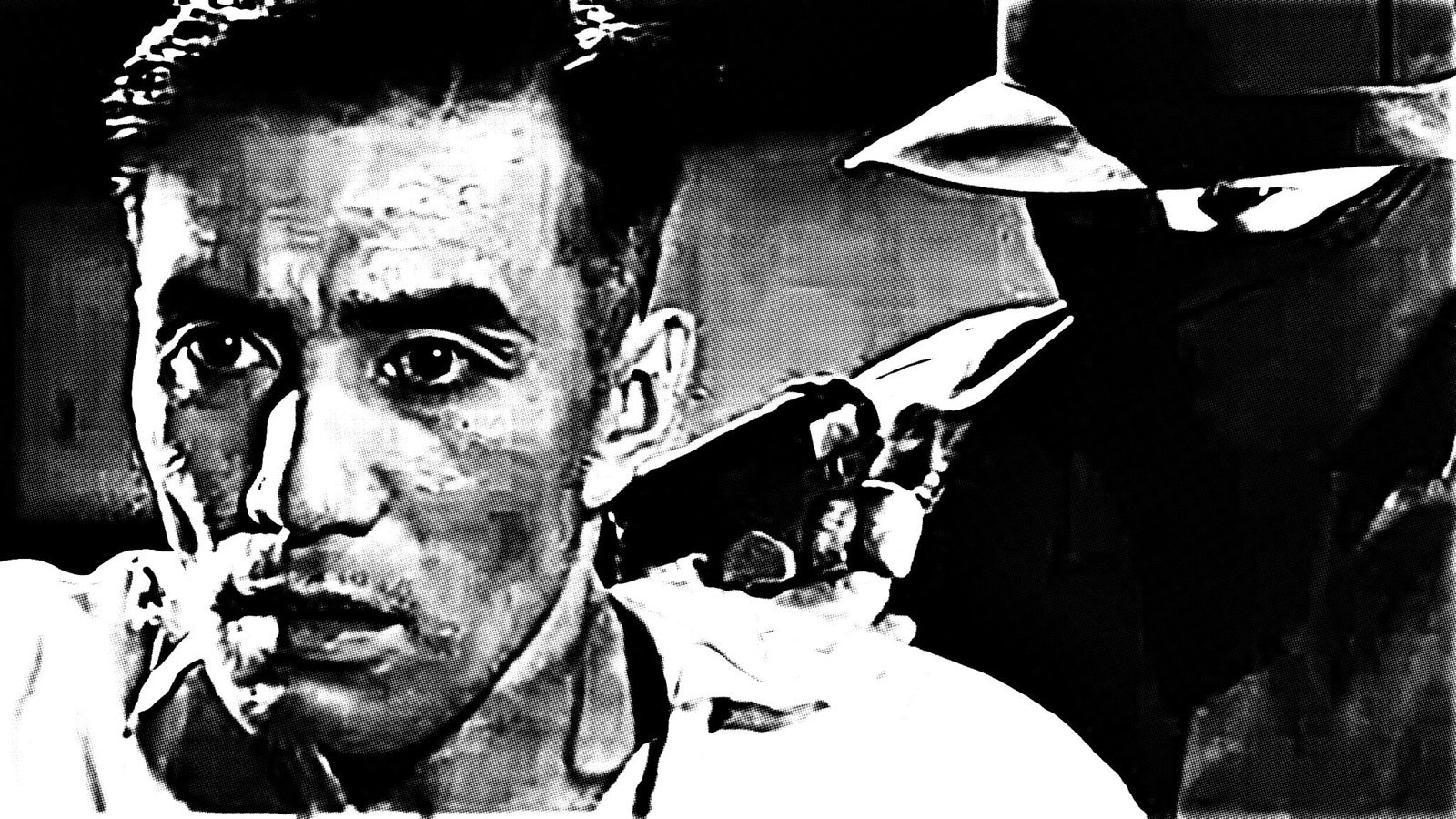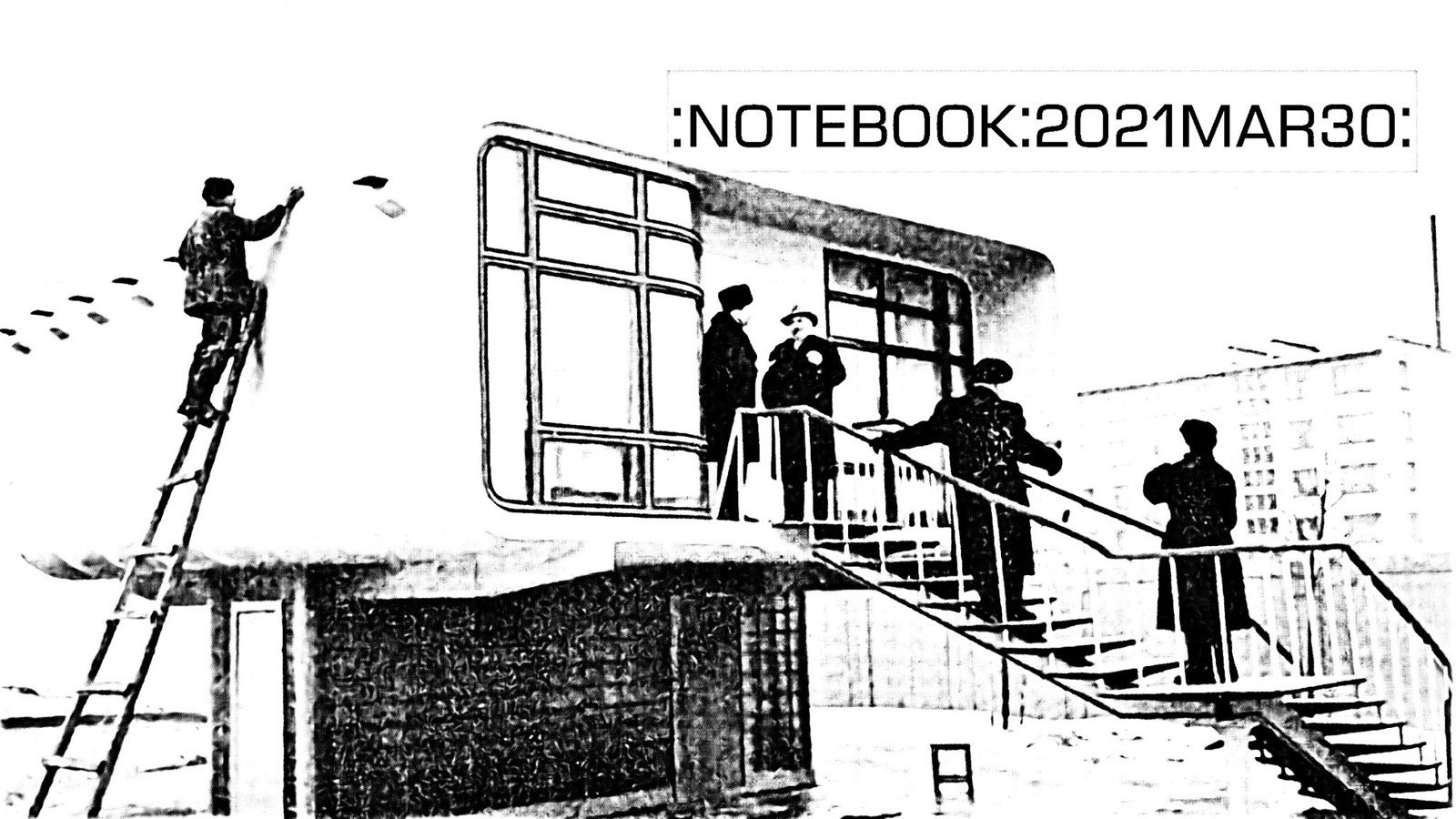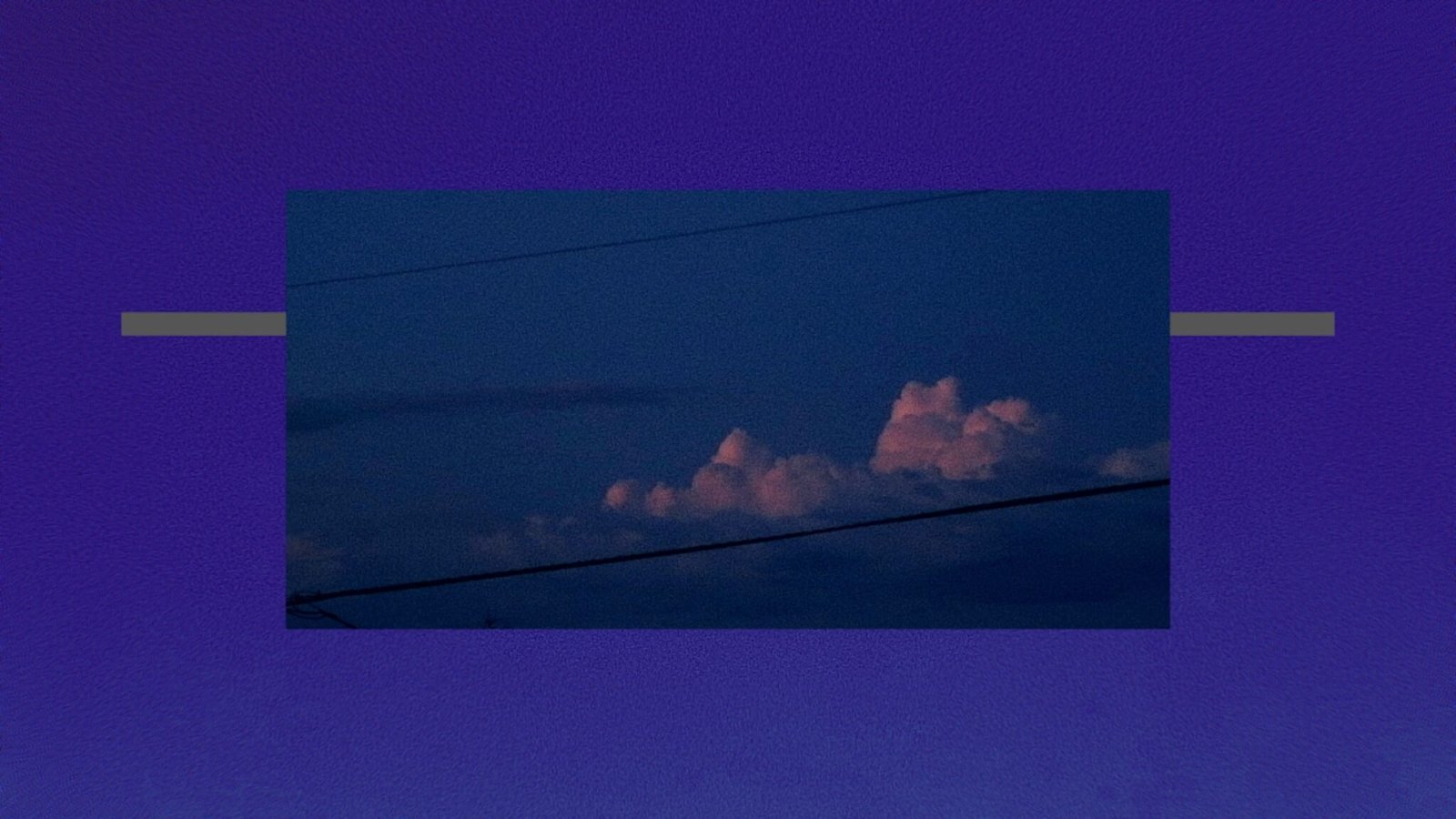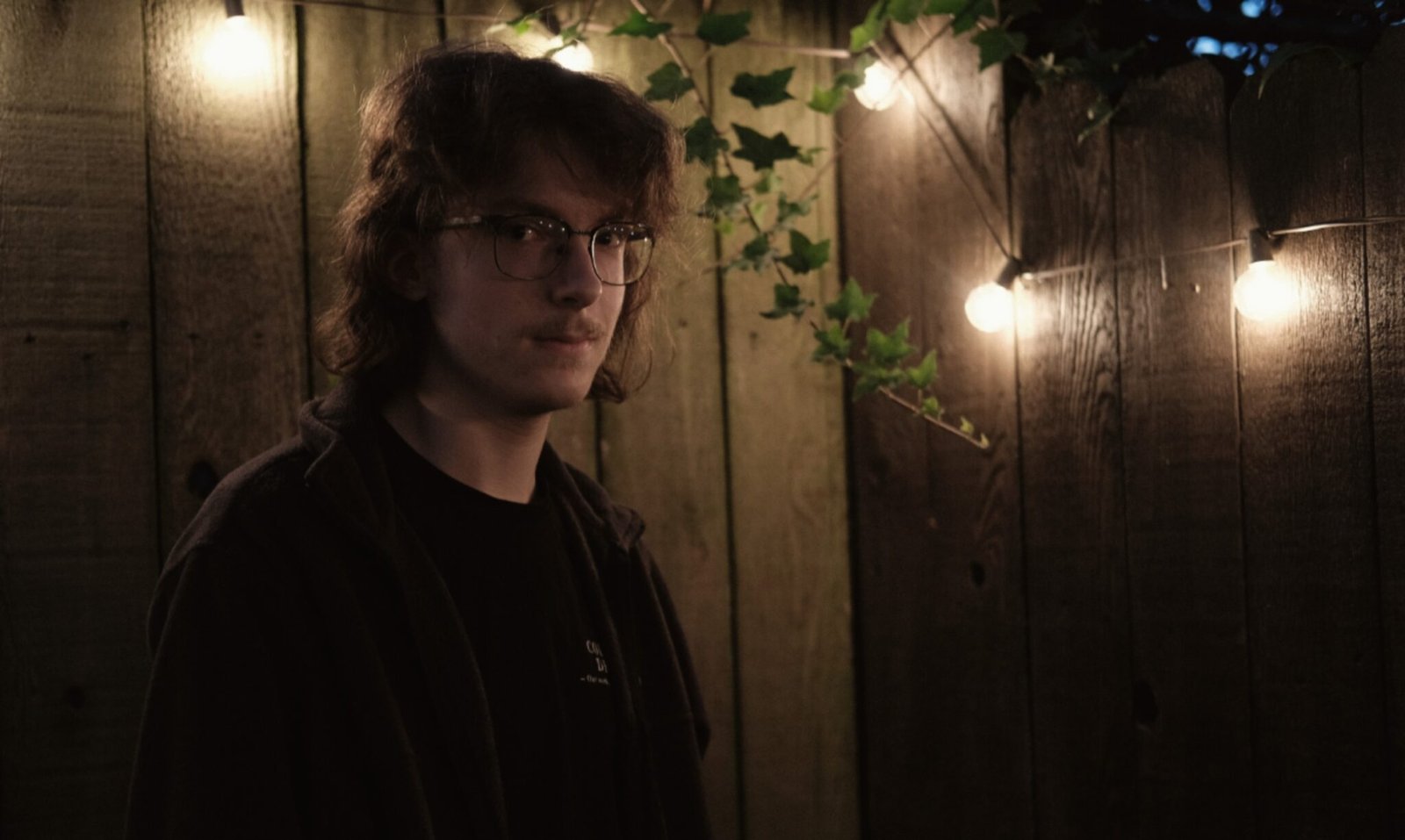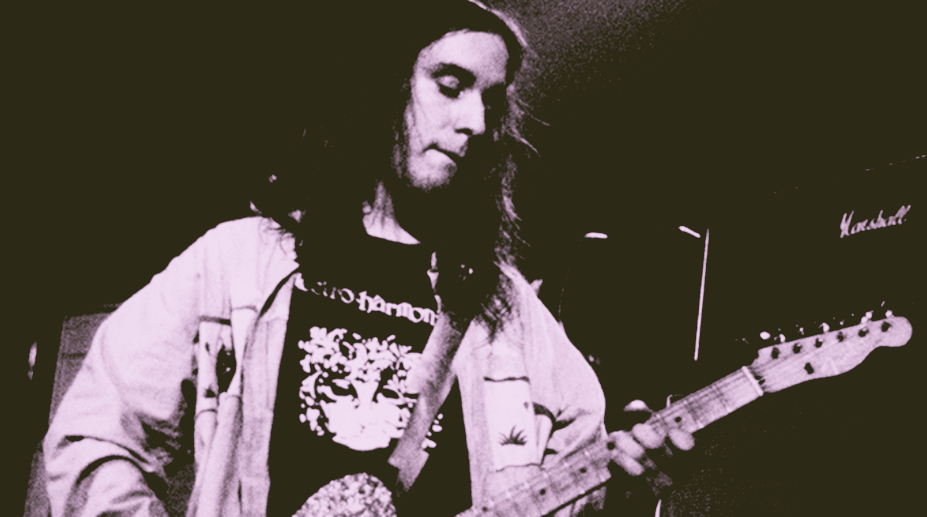
My eyes are a mess. You probably already know this. Funny thing: I’ve only been admitted to a hospital once — at the age of 12, I stabbed my leg with a knife while building a tree fort on Christmas Eve — and still have all my organs. That includes my tonsils, my appendix, and even my wisdom teeth. I often joke that I’ll probably get hit with everything all at once, as if my maladies have been biding their time. I couldn’t have predicted that it would all go to my eyes.
I’ve always had an outrageous astigmatism, but in my late 30s, the condition graduated to outright keratoconus. Then there’s this double vision, requiring expensive prism lenses on the glasses I wear in addition to the keratoconus correcting contacts. And now I’m dealing with fucking Fuchs’ Dystrophy. I’ve noticed a haze in my right eye that I first chalked up to foggy contacts. But, of course, I live in the armpit of humid central Florida, where fogged-out lenses are a way of life. But then the haze — now resembling a light gauze — became noticeable without my contacts. This state of affairs also made driving impossible at night, as oncoming cars’ headlights made the gauze in my eye burst into an unattractive light show.
Thanks to a superb new optometrist, the Fuchs’ was identified. She referred me to a specialist who explained the condition would get much worse in no time at all. The two options were a cornea transplant — sorry, nope, for reasons I won’t go into — or a new procedure that involved scraping the Fuchs’ out of my eyeball. Yikes, but okay, sure.
I had this procedure about a month ago. It went smoothly. Supposedly the surgery is just like a cataract removal (if that’s a helpful frame of reference) — I was awake, somewhat sedated, and didn’t feel a thing. It looked like I was watching a stationary version of the light tunnel at the end of 2001: A Space Odyssey as the doctor performed the surgery.
For the first couple of weeks, my eye felt like an eyelash got trapped on the surface. An awful feeling, especially as this was an eyelash that wouldn’t budge. And half those days, the feeling was accompanied by a faucet of tears. I went through multiple boxes of tissue. I couldn’t read, I couldn’t watch movies, and I could barely look at anything for long.
Now all that is thankfully over, though looking through my right eye is like peering through the bottom of a drinking glass. This fuzziness should fade to normal eyesight in several weeks. And I have to drip exotic eye drops ordered from Japan into my socket four times a day. The drops have something to do with stem cell growth. Unfortunately, they’re expensive and only available in Japan as the procedure performed on me is so new. So I had to order a pack of these eye drop bottles months in advance.
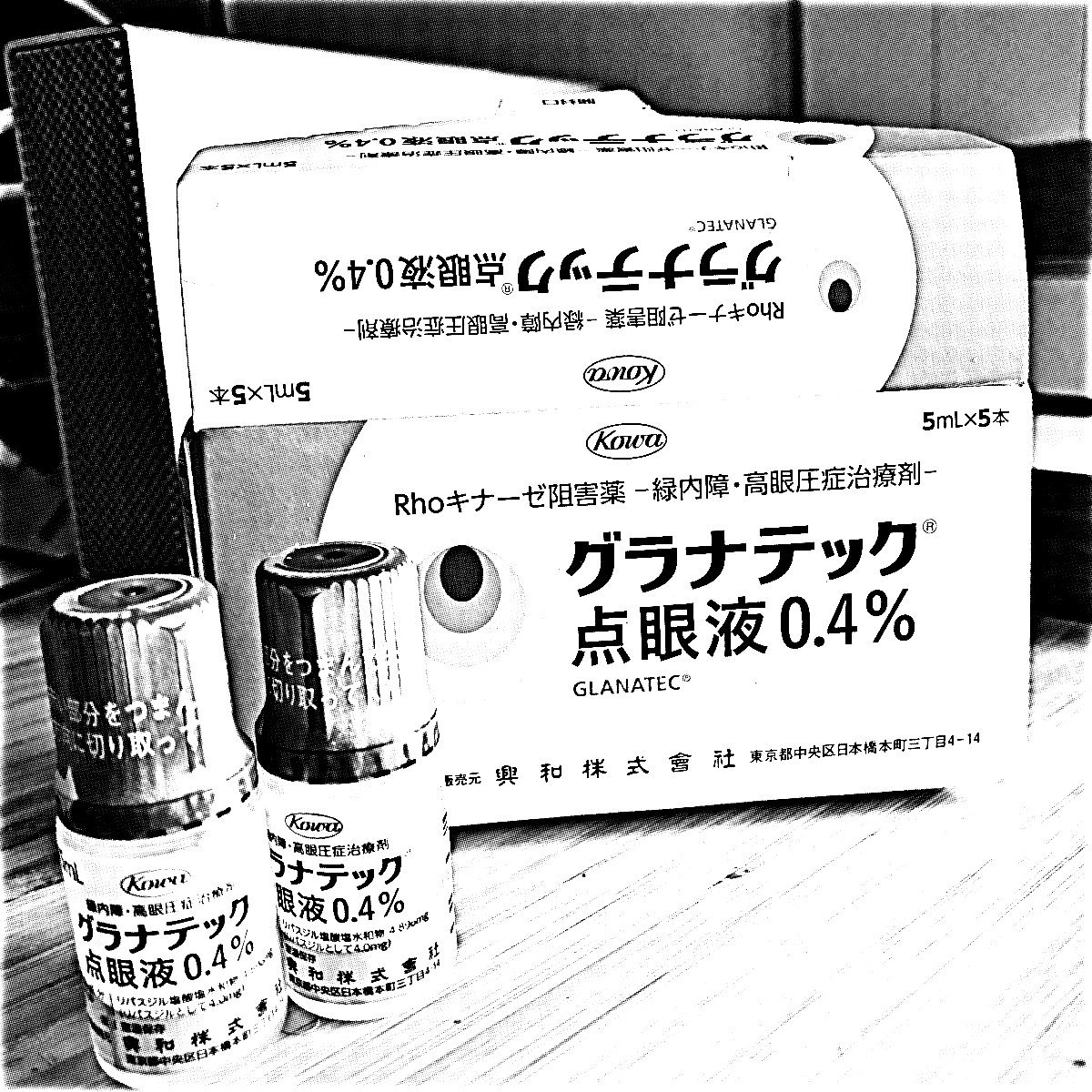
It’s a slow process, and it’s slowing me down. I’m constantly fighting off frustration as I fall behind on projects and work. These past months have felt like a deep pit, from hurricanes creating a wake of chaos to my bout with COVID that turned into weeks and weeks of godawful exhaustion, and then this eye biz. There’s so much I want to do (like post all the time on this blog!), but I feel captured in the sticky web of inconvenience.
I’m finally prying myself loose. I’m still way behind on my work stuff (and please accept my heartfelt apologies if you’re someone I work with), but for the first time in ages, I’m experiencing motivation. More than anything, I want to write and ramp up my creative output. It’s as if the period of incapacitation has made the heart grow fonder. So I’ve devised plans and goals for this blog that are inspiring. I’ll detail them in an upcoming Ballad of the Blog post.
These months have also been a learning experience and a lesson in not beating oneself up. I’ve had lots of practice with self-blame during these challenges, and I’ve come out the other side more accepting and less debilitated. Anne Helen Petersen had a similar epiphany in today’s Culture Study newsletter, which I highly recommend you read. Ann imagines what her weekend would be like if she had completed all of her work tasks:
The work would’ve been done. But I’ve already tried that whittled-down version of a life, and it’s not a life at all. It’s a burnout trap, a suffocation, a flattening of self. Sure, I’d have completed all the work, done all the tasks, finished all the laundry. But to what end? And to what future? The next weekend would come, and I’d feel some semblance of control, which I may or may not have been able to carry over into the week. But achieving control is not the same as achieving happiness.
As I advised someone on Mastodon going through a post-COVID struggle similar to mine: “Don’t mentally punish yourself for not being able to get everything done that you think you need to while feeling [exhausted]. I was doing that constantly, and I’m sure it made things worse.” If I gain extra wisdom and a new spark to create that I continue to cultivate, the turmoil of the last several months will have been worthwhile. As a wise person said, “When life hands you Godzilla, build Mechagodzilla.”
